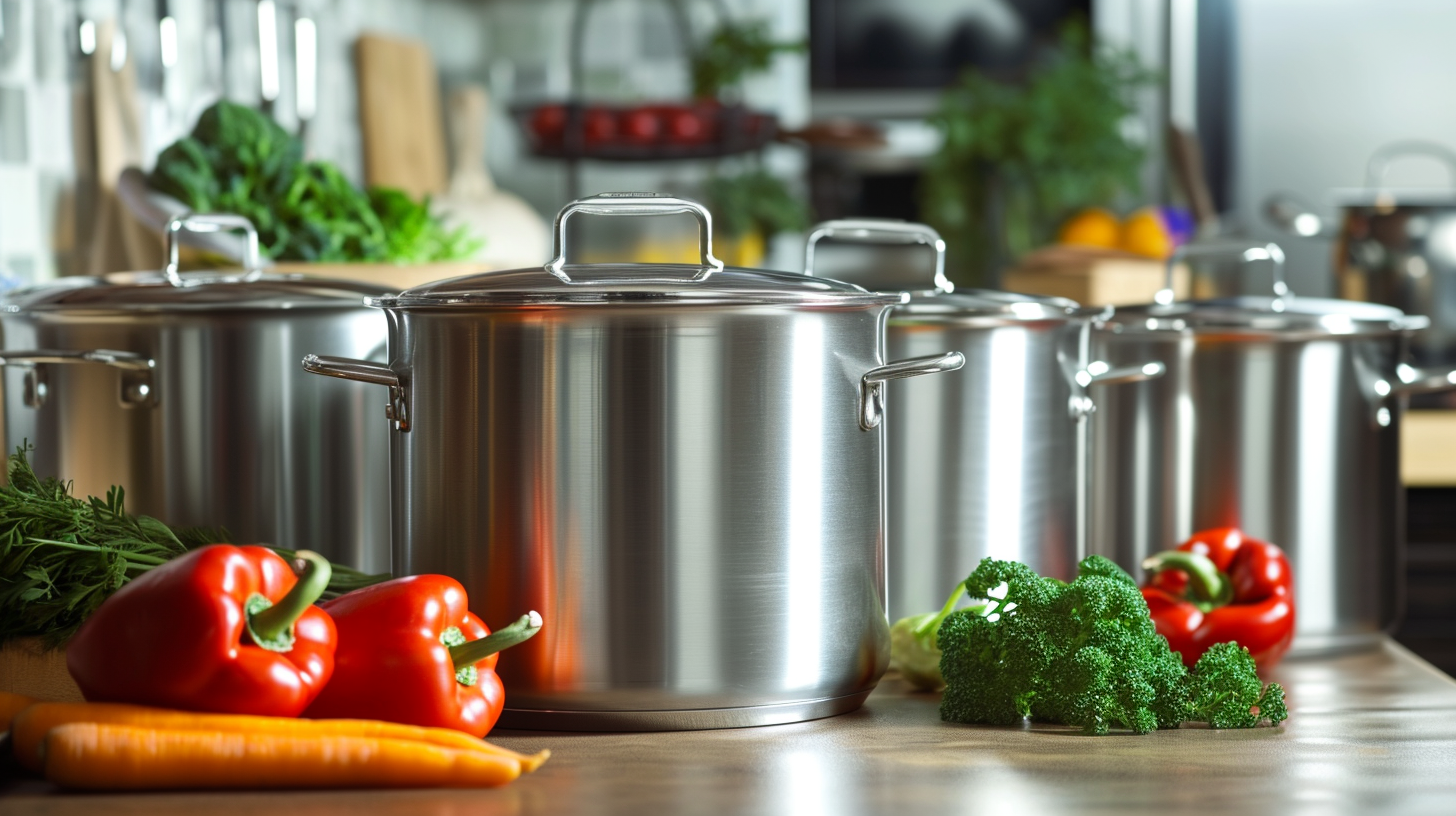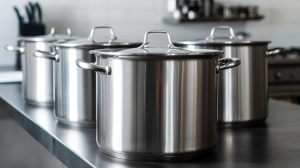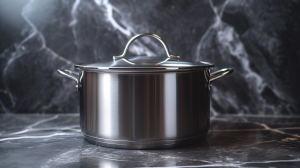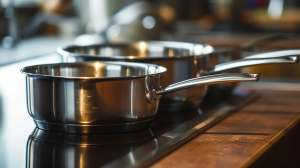When it comes to cooking, a versatile and durable stock pot is an essential tool in every kitchen. This multi-functional cookware is perfect for a variety of dishes, ranging from soups and stews to pasta or chili. However, not every stock pot is created equal. The material of the stock pot can impact its performance, durability, and cost. In this blog, we will explore the different materials commonly used to make stock pots and their average costs.
Stainless Steel
Stainless steel is one of the most popular materials used for making stock pots because of its durability, non-reactive nature, and affordability. This type of stock pot is often made from an 18/10 stainless steel composition, which means it consists of 18% chromium for durability and 10% nickel for shine and rust resistance.
Aluminum
Aluminum is another common material used in the manufacturing of stock pots because of its lightweight nature, heat conductivity, and affordability. However, pure aluminum is prone to staining and might react with certain acidic or alkaline foods, altering the taste. To avoid these issues, opt for an anodized aluminum stock pot, which has a hard, non-reactive surface.
Copper
Copper stock pots are coveted by professional chefs for their exceptional heat conductivity and responsiveness to temperature changes. The material also provides even heating, reducing the chances of hot spots and ensuring consistent cooking results. However, copper pots are not as durable as stainless steel and require more maintenance, such as regular polishing to prevent tarnishing.
Enameled Cast Iron
Enameled cast iron stock pots offer a great balance between heat retention, durability, and versatility. These pots are perfect for slow-cooking recipes that require consistent heat, such as stews and braises. The enamel coating makes them non-reactive, easy to clean, and resistant to staining.
How to select the right stock pots and manufacturer for you
select the right stock pots
When you want to purchase stock pots, you need to understand what kind of stock pots are currently popular on the market and what types of stock pots your customers prefer. In addition, when purchasing, you must also consider whether you want to customize a unique one for sale. If you want, you also need to design the design drawings in detail yourself.
select the right stock pots manufacturer
Once you know what type of pot you’re looking for, consider the manufacturer. Do they have good reputation? Can they provide certificates? What is their production capacity? Do you have OEM/ODM capabilities? Is the production process mature? Don’t forget, there’s price to consider.
Stock pot cost
As a professional and experienced stock pot manufacturer, we are here to provide readers with wholesale prices for stock pots of various raw materials. Prices are for reference only:
stainless steel stock pot: the price of a home stock pot is less than $10, a commercial stock pot is $10-20, and a larger one can even cost $100.
aluminum stock pot: the wholesale price of commercial aluminum stock pots is similar to that of stainless steel. Likewise, the larger the volume, the higher the price.
copper: Stock pots made of copper are relatively rare and expensive, ranging from $50 to $100.
Conclusion
When deciding which material is best for your stock pot, consider factors such as your cooking habits, budget, and personal preferences. Stainless steel and aluminum are cost-effective solutions with good durability and performance, while copper and enameled cast iron stock pots are pricier but renowned for their even heating properties. By investing in a high-quality stock pot, you’ll have a versatile and indispensable tool in your kitchen for years to come.
















